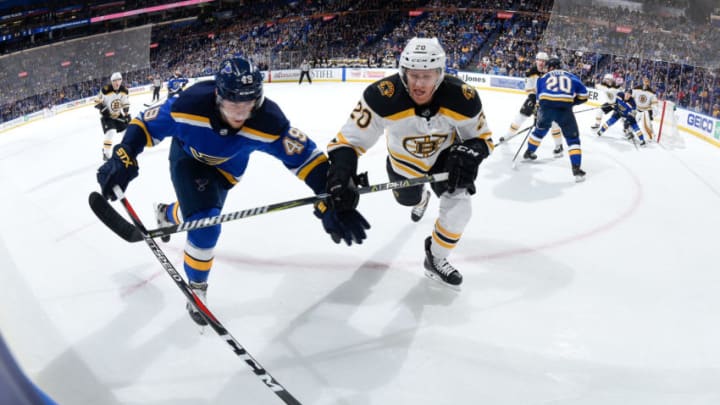
NHL Free agency begins on July 1, 2018. GMs are working the phones talking to the players (or their agents) they want to bring in. Most fans are hoping to sign a talent like John Tavares, but fear they are getting the next David Clarkson or Milan Lucic. Here is an updated list of potential options for the Anaheim Ducks.
Looking at the Anaheim Ducks depth chart, there aren’t many glaring needs. The top four on defense is set. Andy Welinski and Marcus Pettersson are penciled in for the third pairing on defense, so Bob Murray will like to add a veteran to bring experience to the pairing.
Up front, the top nine forwards appear solid as well. However, Ryan Kesler’s status due to a hip injury is up in the air. Anaheim will be addressing the issue with a free agent addition. In addition, the Ducks will potentially be looking for a fast winger to push for a scoring role.
The Ducks currently have $13.74M in cap space. At first glance, it appears to be enough room to bring in a “big fish.” A deeper look reveals several players in need of contracts or extensions. Nick Ritchie, Ondrej Kase, and Brandon Montour are all RFA’s currently without a deal. In addition, Murray is trying to sign Jakob Silfverberg, Adam Henrique, and John Gibson to extensions. Consequently, acquiring a top end talent in free agency is wishful thinking.
